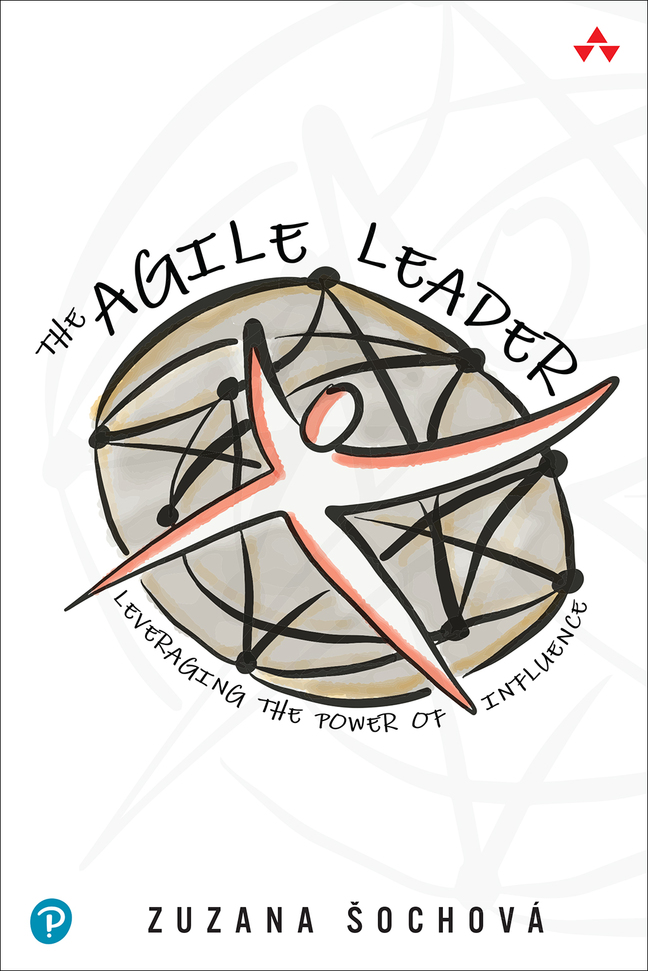When you ask this question in the companies, you find out that about 30% of teams believe that he or she is not. If you ask why not, you find out that they feel their Product Owners are far away from them, they don’t help them, and they don’t understand them. And I’m not talking about physical distance now. So where is the problem? In many companies, at the beginning of their Agile transformation, they simply move team to Scrum and the Product Managers to Product Owners. What happens? They don’t have a time to be Product Owners as they are responsible for several huge products. Luckily they understand the product, but they have no time to share their understanding at any higher granularity than general ideas or epics. And that’s indeed not enough. Such teams are having a Product Owner Proxy, or Tactical Product Owner who is in reality acting like real Product Owner and don’t miss their business Product Owner. Why is that usually not good? We are missing the “one PO voice” and we are losing the business driven approach in favor of technical point of view. In such environments we are as well missing the push to “maximize work not done”, which is one of the Agile Manifesto principles. That is indeed not good for either team or product.
Then we have about 50% of companies where they believe the Product Owner is part of the team, but he is not responsible for writing User Stories. Why not? Usually because he or she doesn’t understand the technical aspects, so how can he possibly do that? They usually don’t invite him or her to the retrospective either, because… well… he is a team, but retrospective is for development team only. So it’s kind of unclear.
The remaining 20% take their Product Owner as their member. They invite him to the retrospective, they trust each other. If that’s possible, they sit together. If not, they speak with each other often. Such Product Owner relationship is very helpful. Not only for your team, but the product as well.

 Learn more about transforming organizations, leadership, and culture with Agile & Enterprise Coaching. Check our Scrum and Agile training sessions on Sochova.com. Grab a copy of The Great ScrumMaster: #ScrumMasterWay book and The Agile Leader: Leveraging the Power of Influence book.
Learn more about transforming organizations, leadership, and culture with Agile & Enterprise Coaching. Check our Scrum and Agile training sessions on Sochova.com. Grab a copy of The Great ScrumMaster: #ScrumMasterWay book and The Agile Leader: Leveraging the Power of Influence book.
Disclaimer: All I write on this blog is purely personal and has no relation with any position I have, used to have or will have in the future.

Agree. This is a cultural symptom of companies adopting the word Agile but not the practices and values. The term “Product Owner” is just a swap for whatever managerial title existed before and the overall company behavior prevails. It can be grim for the team if the company culture supports the “Product Owner is Dictator” belief. Those teams are stuck with a person who thinks the title means they are free to act as micro-managers over the team.
Teams make victims of themselves too when they accept the fallacy that they are just ‘technical’ staff and only one person can clue them in on the business. The proxy owners you mention are often equally or more capable than the Product Owner of grasping the business issues and opportunities. (As you point out, Product Owners are often stretched too thin or they are junior members of management getting shopped around various projects to “get experience”.)
Generally I have found that agile teams make better business decisions when options are discussed collectively in small groups of lead members including the Product Owner. In those cases, the main contribution of the “Product Owner”, beyond collecting and sharing market data, is casting a deciding vote when there are obvious ties.